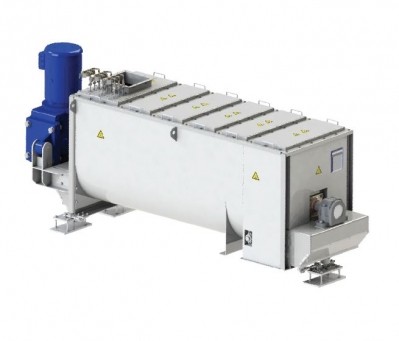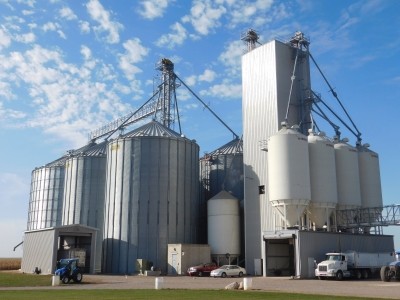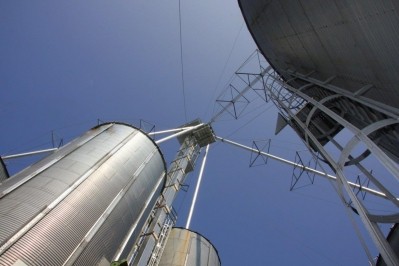What is around the corner for feed production? We get a glimpse into the future at VICTAM 2015
Trudy van Megen, director of the Feed Design Lab, a Dutch research and education center for innovation and sustainability in the feed industry, said the European feed sector has to do “more with less” and must reduce its dependence on imported grains such as soy for animal feed production to boost its sustainability profile.
But new technology is required to process alternative wet raw materials such as microalgae, food waste and insects cost effectively.
In this context, the Feed Design Lab, which already has 60 industry partners despite only getting off the ground in April last year, is starting a project with some of those companies to develop technology that will allow wet materials to be processed in a conventional feed factory.
Efficient pellet processing
Oriane Guérin, a researcher based at Dutch consultancy, Zetadec, spoke at the FIAAP conference during the Cologne based show.
The consultancy was recently involved in a Dutch government backed study looking at pellet processing in three pig and poultry feed factories to evaluate how it could become more energy efficient, while ensuring the quality of the product remained the same.
They found that if a factory decreases variability in a pellet line and optimizes the process in terms of capacity, temperature and machinery, it is possible to decrease consumption of electrical and thermal energies in pellet manufacturing.
Feed mill of the future
At VICTAM 2015, Harm Klein, business developer feed at Tebodin, presented on the feed mill of the future, analyzing the trends that are supporting a major shift in feed production 10 years’ from now.
He said new feed mill constructions, in general, will take place in emerging economies, with only expansion or redesign of feed mills and not outright builds likely in regions like Europe and North America.
He expects there to be an increase in the number of large farming operations in Europe, with more animals in the barns and farmers producing feed on site.
More and more feed mills in Europe, said Klein, will only supply concentrates to livestock producers and, thus, the production and storage process at feed mills by 2025 will have undergone a radical shake-up.
However, he foresees the traditional feed mill and farming operation in Europe continuing to coexist in this new feed production system though perhaps at a lower scale.
















